Wetlands are nature’s hidden gems, teeming with life and serving crucial roles in our ecosystems. These water-soaked landscapes, from marshes to swamps, are more than just muddy areas. They’re powerhouses of biodiversity and natural processes that benefit both wildlife and people in ways we’re only beginning to fully understand.
Food Web Foundations
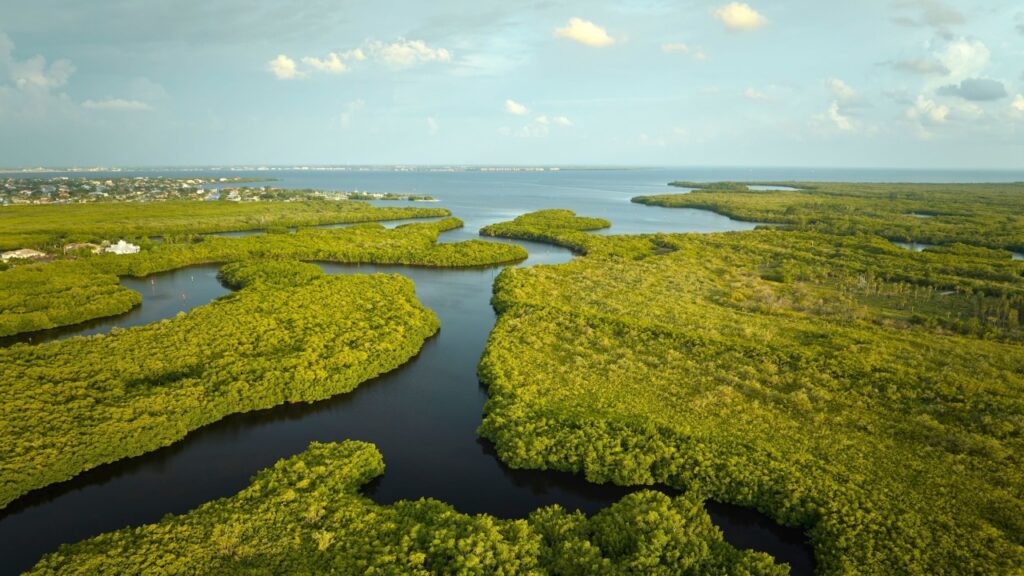
Wetlands form the base of complex food webs. They provide nutrients and habitats for countless insects, plants, and small animals. These, in turn, feed larger creatures, creating a rich ecosystem. Fish, birds, and mammals all rely on wetlands for their daily meals. Even humans benefit from this abundance, with many wetland areas supporting local fishing industries.
Nature’s Water Filters
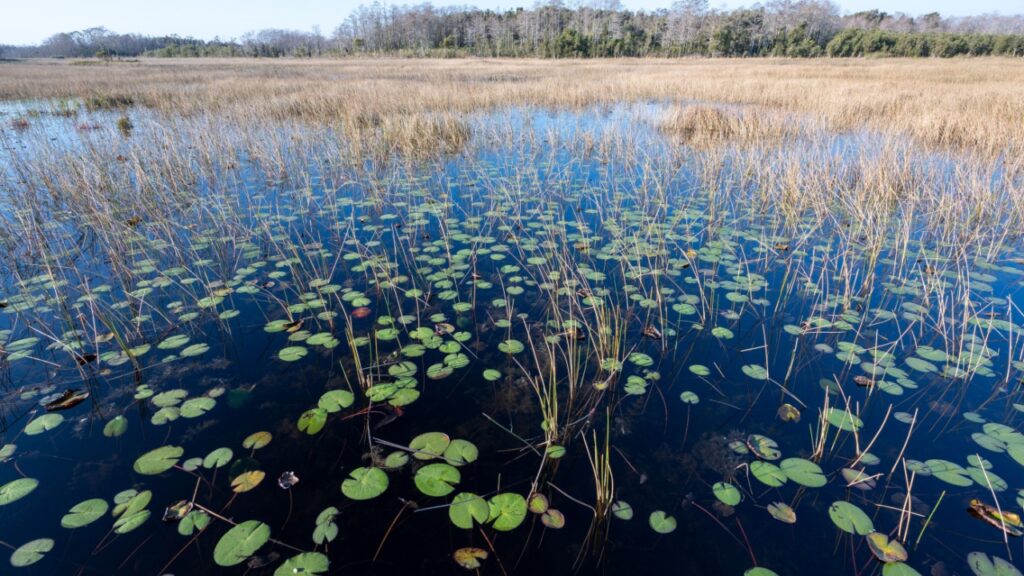
Wetlands act like giant, living water filters. They trap sediments, absorb excess nutrients, and even break down some pollutants. This natural cleaning process helps keep our rivers, lakes, and groundwater supplies cleaner. Wetlands provide food, fiber, and raw materials for many human uses, while also supporting rich plant and animal life.
Flood Control Champions
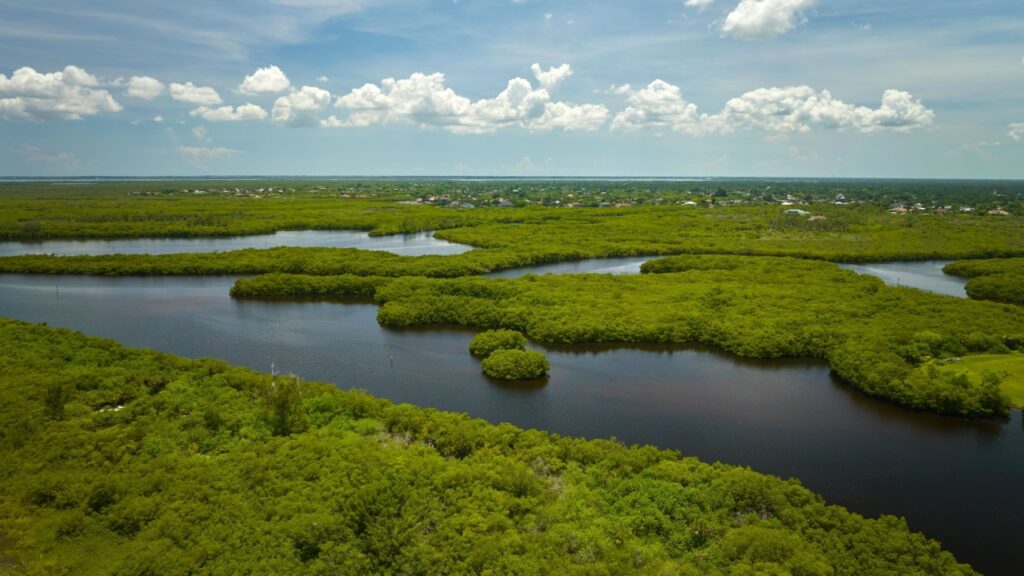
During heavy rains or snowmelt, wetlands act like giant sponges. They soak up excess water, slowing its flow and reducing flood risks in nearby areas. This natural flood control can save communities millions in damage and protect countless homes and businesses. It’s a free service provided by nature that’s hard to replicate with human-made structures.
Carbon Storage Superstars
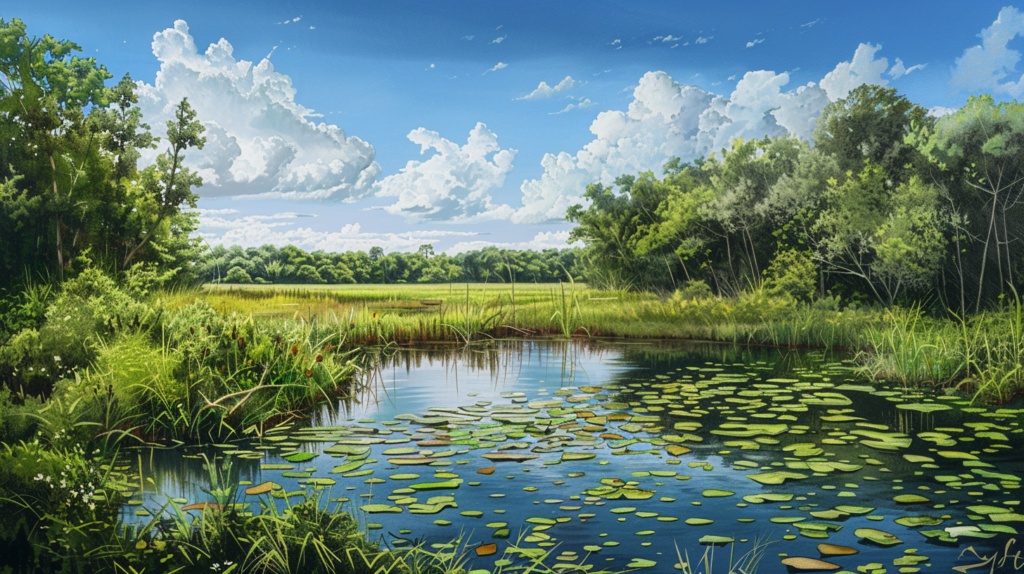
Wetlands are secret weapons in the fight against climate change. They store massive amounts of carbon in their soils and plants. This helps keep that carbon out of the atmosphere, where it would contribute to global warming. Protecting and restoring wetlands is a powerful tool for tackling climate change.
Drought Resistance Boosters
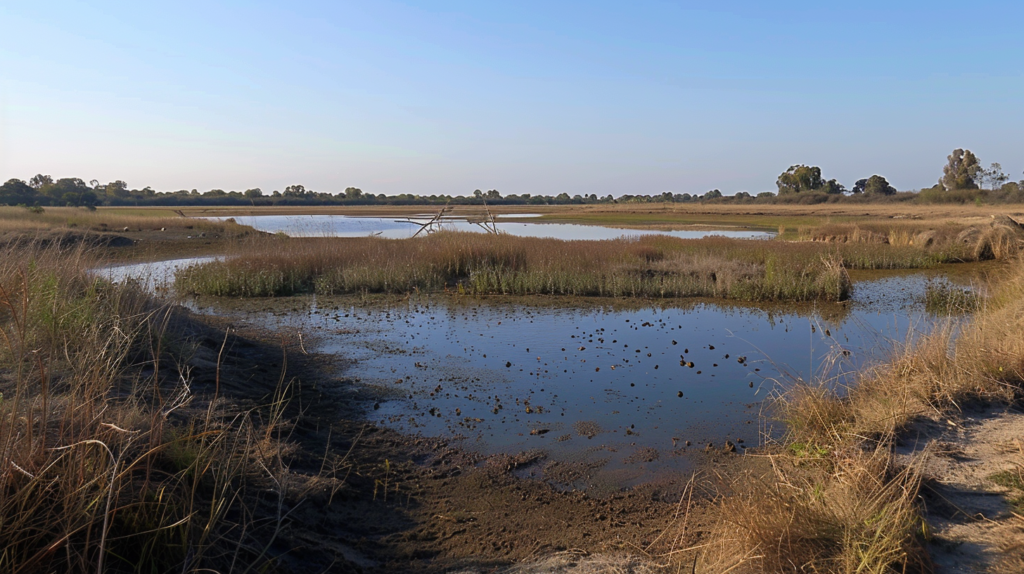
While wetlands help during floods, they also play a role during dry times. By slowly releasing stored water, they can help maintain water flows in streams and rivers during droughts. This benefits both wildlife and human communities that rely on these water sources.
Biodiversity Hotspots
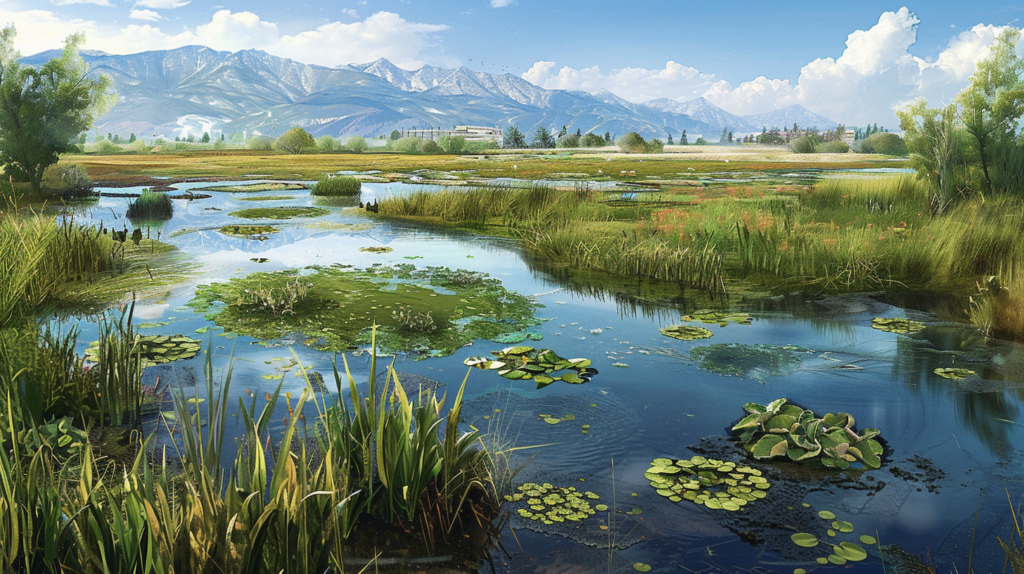
Wetlands are home to an incredible variety of plant and animal species. Many of these species are found nowhere else on Earth. From rare orchids to endangered frogs, wetlands support unique life forms. Protecting wetlands means safeguarding this irreplaceable biodiversity.
Migratory Bird Pit Stops
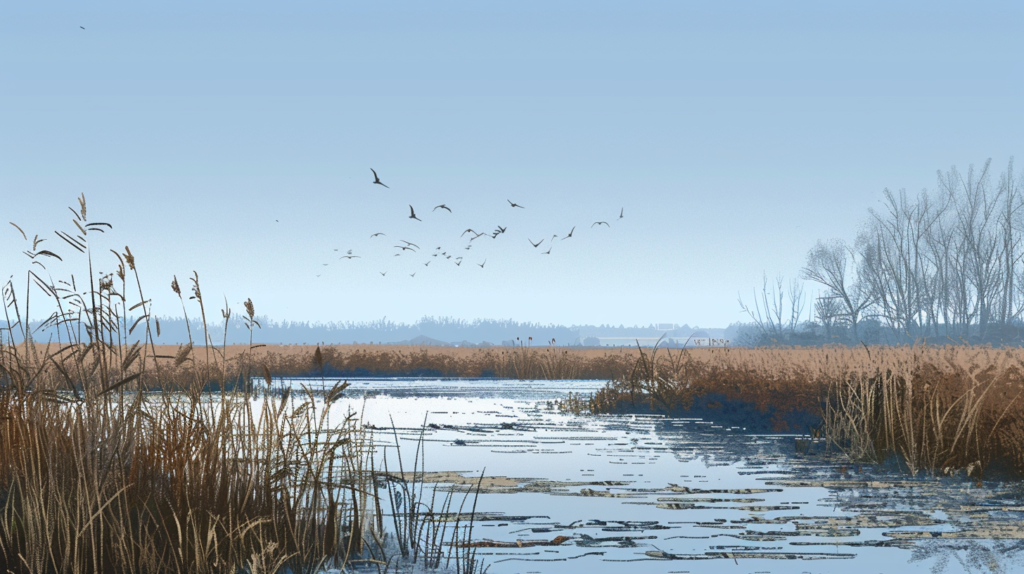
For many bird species, wetlands are crucial stopover points during long migrations. These areas provide food, rest, and shelter for tired travelers. Without healthy wetlands along their routes, many bird populations would struggle to complete their epic journeys.
Natural Shoreline Protection
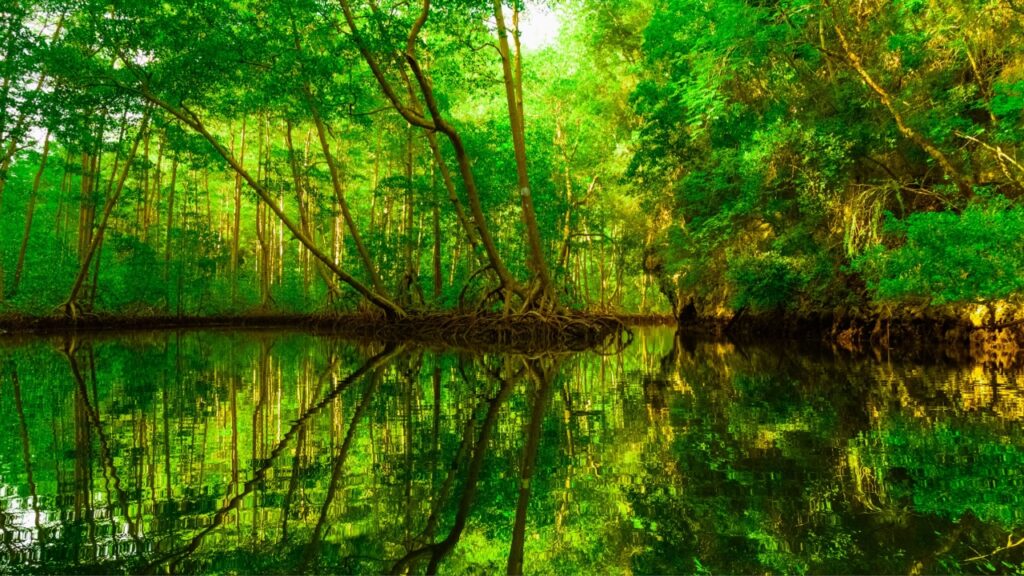
Coastal wetlands like mangrove swamps act as buffers against storms and erosion. They absorb wave energy and help stabilize shorelines. This natural protection is becoming even more important as sea levels rise and storms intensify due to climate change.
Groundwater Recharge Stations

Wetlands help replenish underground water supplies. As water sits in wetlands, some of it seeps down into aquifers below. This process, called groundwater recharge, is crucial for maintaining water supplies for both humans and ecosystems.
Cultural and Spiritual Significance
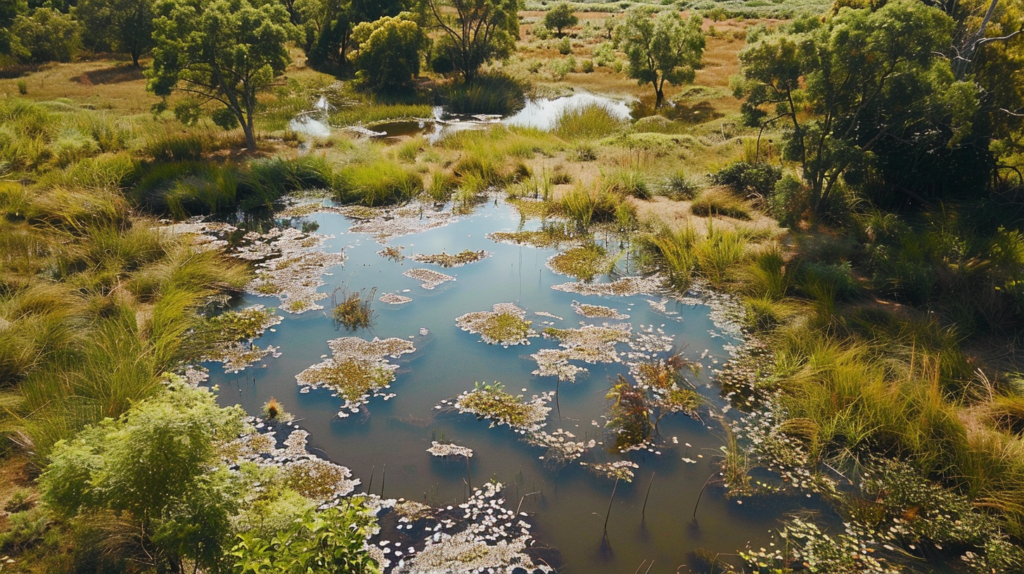
Many cultures around the world have deep connections to wetland areas. These places often hold spiritual significance or play important roles in traditional practices. Protecting wetlands also means preserving these cultural heritage sites.
Economic Powerhouses
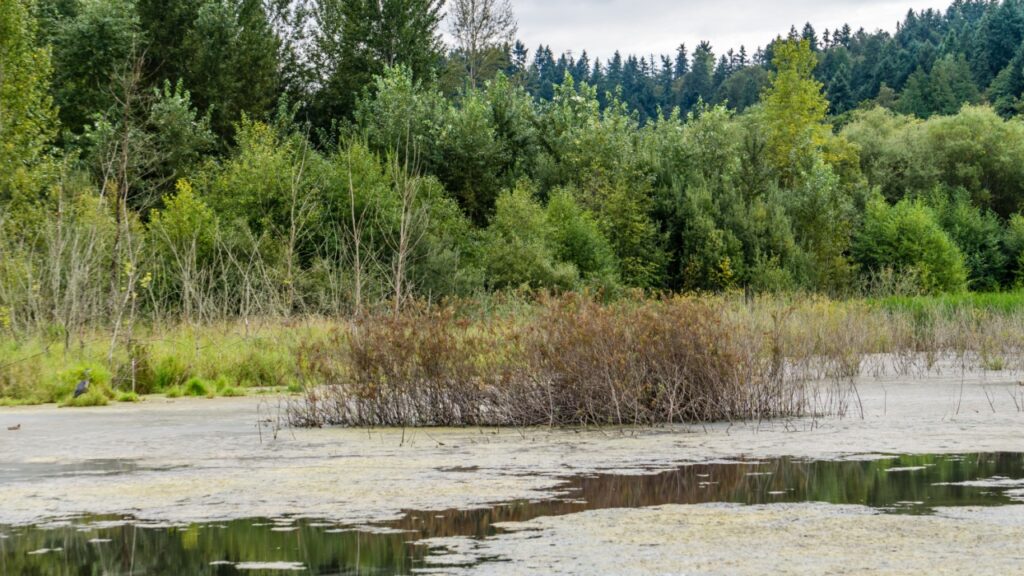
Wetlands support various economic activities. From fishing and hunting to tourism and recreation, these areas provide jobs and income for many communities. The economic value of healthy wetlands often far outweighs short-term gains from draining or developing them.
Natural Laboratories
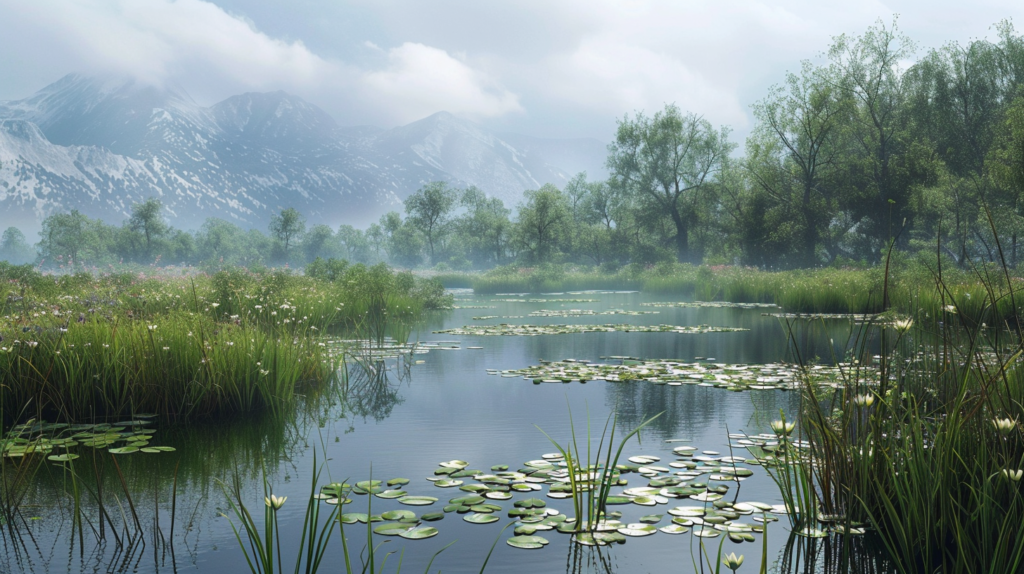
Scientists are constantly learning new things from wetland ecosystems. These areas serve as living laboratories, helping us understand complex ecological processes. The knowledge gained from studying wetlands can be applied to fields like medicine, agriculture, and environmental management.
Climate Change Buffers

As our climate changes, wetlands help buffer against some of the impacts. They can help moderate local temperatures and maintain humidity levels. This creates more stable conditions for plants and animals, giving them a better chance to adapt to changing environments.
Nutrient Cycling Centers

Wetlands play a key role in nutrient cycles, especially for nitrogen and phosphorus. They trap these nutrients, preventing them from overwhelming other ecosystems. This process helps maintain the balance of nutrients in surrounding areas, benefiting both wildlife and agriculture.
Human Well-being Boosters
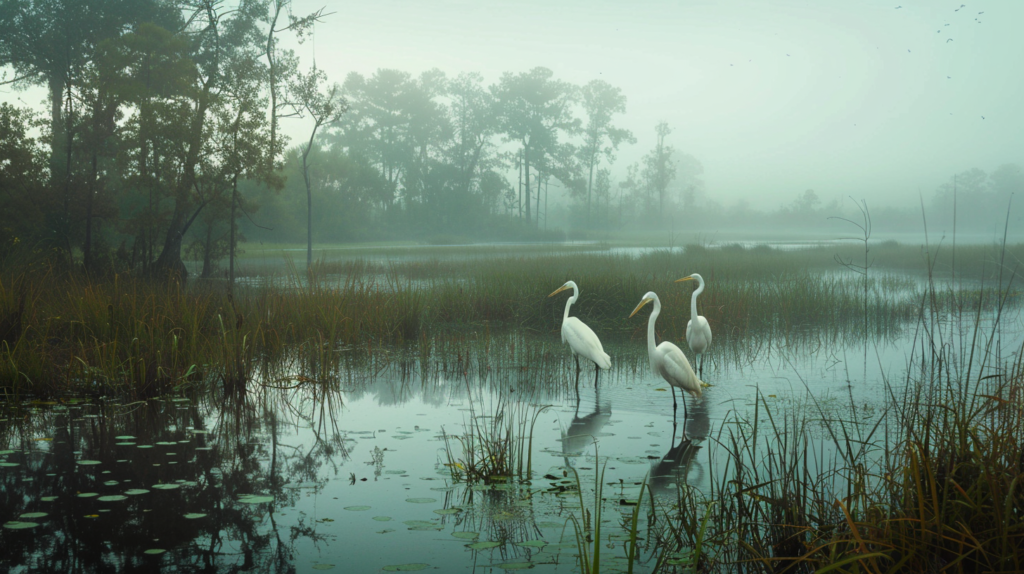
Spending time in nature, including wetlands, has been shown to improve human health and well-being. These areas provide spaces for recreation, relaxation, and connection with nature. In our increasingly urban world, wetlands offer vital green spaces that benefit both our physical and mental health.
Becky is a fervent wildlife enthusiast and pet care expert with a diploma in canine nutrition. Her love for animals stretches beyond the domestic, embracing the wild tapestry of global fauna. With over a decade of experience in animal welfare, Becky lends her expertise to OutlandishOwl through insightful articles, captivating wildlife information, and invaluable guidance on pet nutrition. Her work embodies a deep commitment to understanding the intricate lives of animals and a passion for educating others on sustaining natural habitats. Becky's hands-on conservation efforts and her knack for translating complex dietary science into practical pet feeding tips make her an indispensable voice for creatures great and small.




